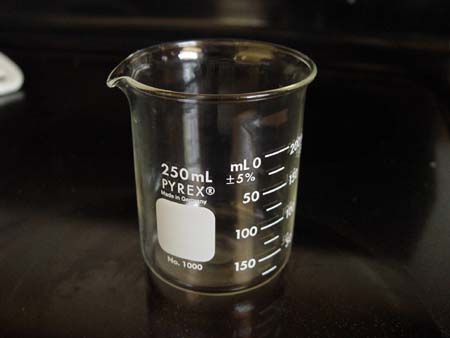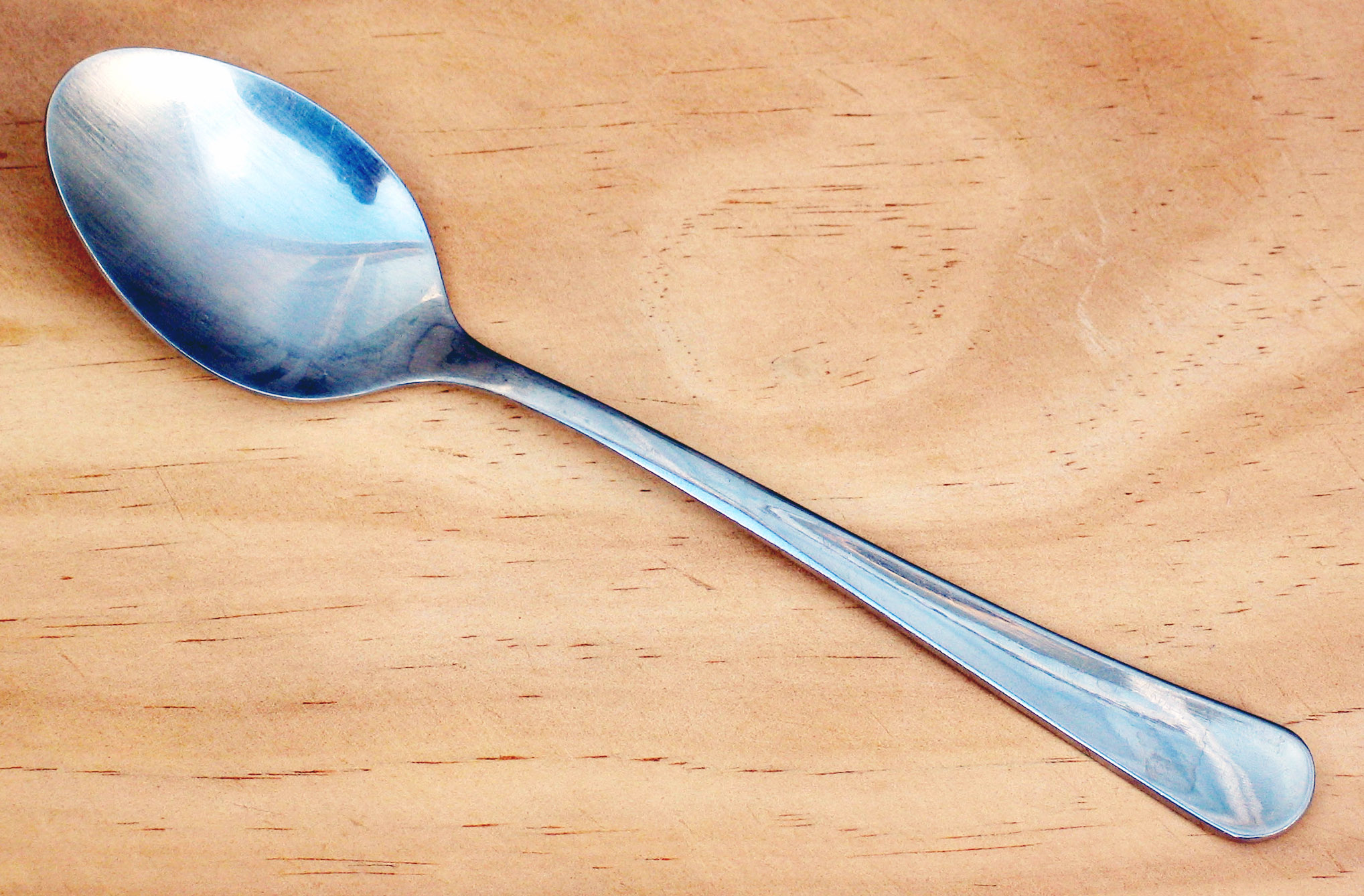1. Title
Investigation on how the distance from which a marble is thrown affects the depth of the hole it makes when it hits a gel (mixture of water and flosorb) at the end of the fall.
2. Objective
We will investigate how the depth of the hole a marble makes when it hits a gel (mixture of water and flosorb) at the end of its free fall changes when we change the distance from which it is thrown measuring the it takes for to .
3. Background information
A free-falling object is one that is falling under the sole influence of gravity. Any object that is moving just by the force gravity is said to be “in a state of free fall”. This object will have a downward acceleration of 9.8m/s/s (9.8m/s2).
These are the equations we will need in order to calculate the kinetic energy at the end of the free fall:
Vf = 2ad (The final velocity is two times the acceleration, which is gravity (9.8m/s2) times the distance which is the independent variable and is 20, 40, 60, 80 and 100 cm)
Ek = (mv2)/2(The kinetic energy is the mass of the marble, (0.005kg) times the velocity (which we have calculated previously) to the power of two all divided by 2)
Vf, V: final velocity, a: acceleration (gravity, 9.8m/s2), Ek: kinetic energy, m: mass.
4. Hypothesis
As we increase the height from which the ball is dropped, the velocity when it reaches the gel will too, as it will increase directly proportionally to the height because of the gravity acceleration of 9.8m/s2.
As the velocity increases, the kinetic energy will too and we think a higher kinetic energy will make a bigger hole in the gel. This will happen because there will be more acceleration and if we throw the ball with more energy, the ball will reach the gel also with more energy and the hole will be bigger. For that reason, the kinetic energy will make a bigger hole.
5. Variables
Independent: The height from which the ball is dropped (cm) measured with a ruler.
Dependent: The depth of the hole made by the ball, measured with a ruler (cm).
Controlled:
- The same initial velocity (0m/s). We will keep it the same by just dropping the ball, letting it go.
- The same mass, shape and size. We will keep the same by using the same ball.
- The same room temperature. It will be the same because we have done the whole experiment the same day at the same time.
- The same amount of water and flosorb. We will measure the water with the beaker (250mL) and the flosorb with a weighing boat and a scale (7g).
- The same beaker, water and acceleration.
6. Materials
- 250 mL beaker


- Marble (the ball used)

- Water

- Weighing boat


- Weighing boat

- Scale


- Flosorb
- Ruler


- Spoon

7. Method
1. Measure 7 g of flosorb using a weighing boat and a scale.
2. Add them to a beaker with 250 mL of water.
3. Mix them using a spoon.
4. Dig the ruler 8 cm in the gel.
5. Measure the distance between the marble and the gel with a ruler (20, 40, 60, 80 and 100 cm).
6. Drop the marble next to the ruler without adding any force, just letting it go.
7. Measure the depth of the hole using the part of the ruler that you dug before.
8. Take the marble out from the gel very carefully and clean it using water.
9. Write your results down on a table.
10. Flatten the surface of the gel using the spoon.
11. Repeat the steps, but changing the distance in step number 2. Repeat each distance 5 times.
8. Data

Table of results:
Height
(cm)
|
Final velocity
(m/s)
|
Kinetic energy
(J)
|
Depth of the hole
(cm)
|
Average
(cm)
|
20
|
3,92
|
0,009604
|
1,0
|
0,88
|
0,8
|
||||
1,0
|
||||
0,9
|
||||
0,7
|
||||
40
|
7,84
|
0,153664
|
1,5
|
1,6
|
1,5
|
||||
1,6
|
||||
1,7
|
||||
1,7
|
||||
60
|
11,76
|
0,345744
|
2,0
|
1,98
|
2,0
|
||||
1,8
|
||||
2,0
|
||||
2,1
|
||||
80
|
15,68
|
0,614656
|
2,5
|
2,5
|
2,4
|
||||
2,6
|
||||
2,5
|
||||
2,5
|
||||
100
|
19,60
|
0,960400
|
3,5
|
3,3
|
3,1
|
||||
3,3
|
||||
3,4
|
||||
3,2
|
9. Individual conclusions and evaluation
María Jiménez Jiménez
Marta Martínez Cabeza
Clara Rodríguez Soriano
María Vilches Cansino
10. References
- Kineticenergys.com, (2014). Kinetic Energy | Physics | Science. [online] Available at: http://www.kineticenergys.com/ [Accessed 14 Apr. 2014].
- Physicsclassroom.com. (2014). Kinematic Equations and Free Fall. [online] Available at: http://www.physicsclassroom.com/class/1dkin/u1l6c.cfm [Accessed: Jan 2014].
- Physics.tutorvista.com, (2014). Velocity, What is Velocity, Velocity Formula | Physics@TutorVista.com. [online] Available at: http://physics.tutorvista.com/motion/velocity.html [Accessed 28 Apr. 2014].
Este comentario ha sido eliminado por el autor.
ResponderEliminarThis is very good girls but where is your table of results from the experiment. I will assume that it will be included in your individual projects. You need to add a little detail on why more kinetic energy will result in a bigger hole.
ResponderEliminarB - 5 D- 5
Excellent report girls!
ResponderEliminarB - 6 D - 6